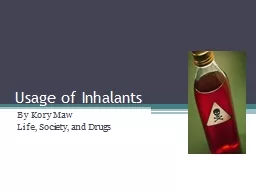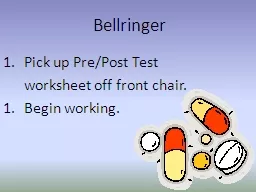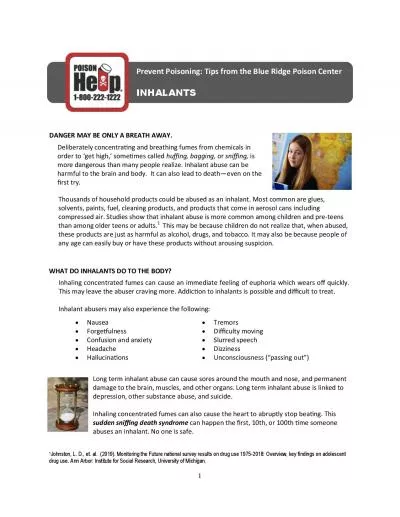PPT-Inhalants Alexia Hall What Are Inhalants?
Author : cheryl-pisano | Published Date : 2018-02-12
Inhalants are defined as any products readily found in the home or workplacesuch as spray paints markers glues and cleaning fluids This definition includes a broad
Presentation Embed Code
Download Presentation
Download Presentation The PPT/PDF document "Inhalants Alexia Hall What Are Inhalants..." is the property of its rightful owner. Permission is granted to download and print the materials on this website for personal, non-commercial use only, and to display it on your personal computer provided you do not modify the materials and that you retain all copyright notices contained in the materials. By downloading content from our website, you accept the terms of this agreement.
Inhalants Alexia Hall What Are Inhalants?: Transcript
Download Rules Of Document
"Inhalants Alexia Hall What Are Inhalants?"The content belongs to its owner. You may download and print it for personal use, without modification, and keep all copyright notices. By downloading, you agree to these terms.
Related Documents














